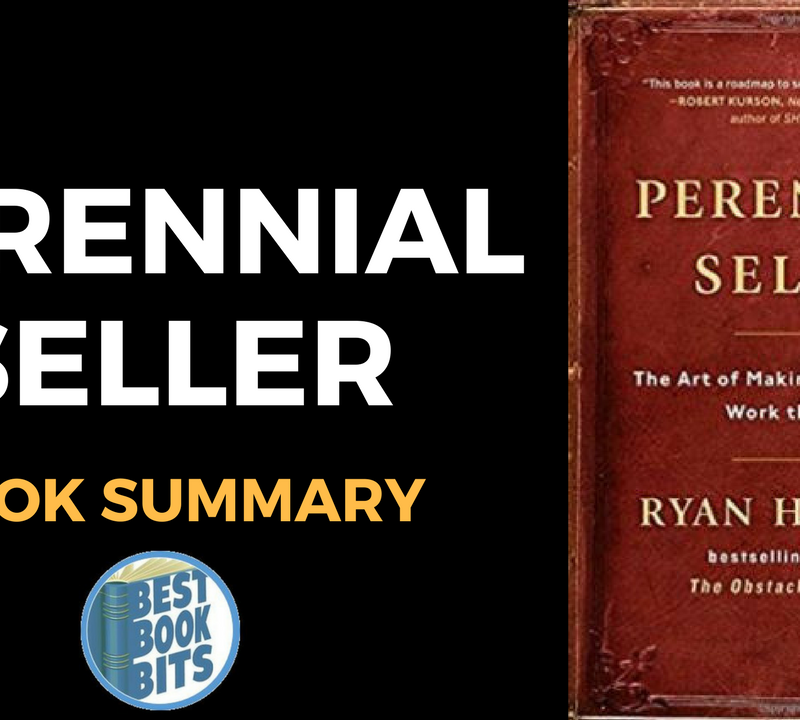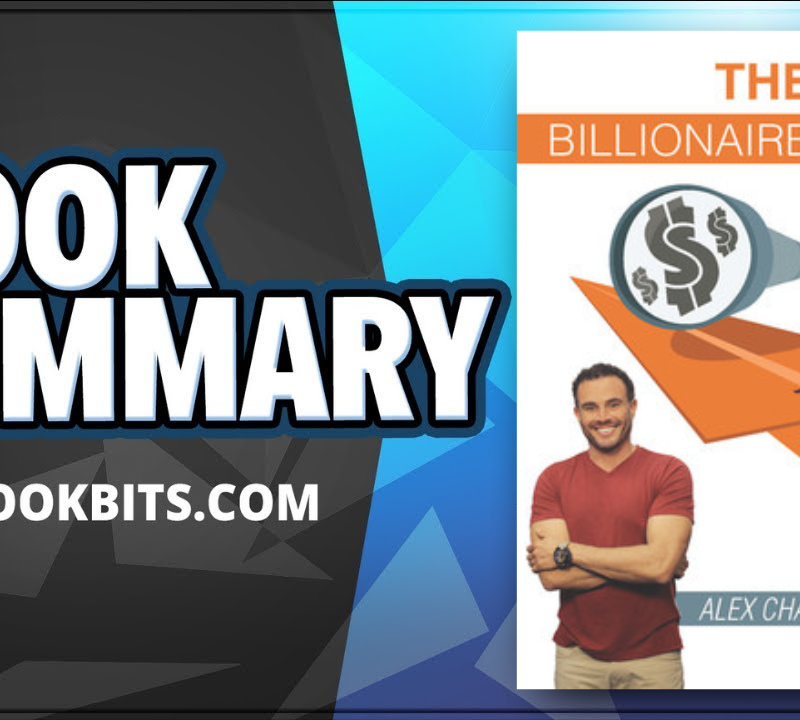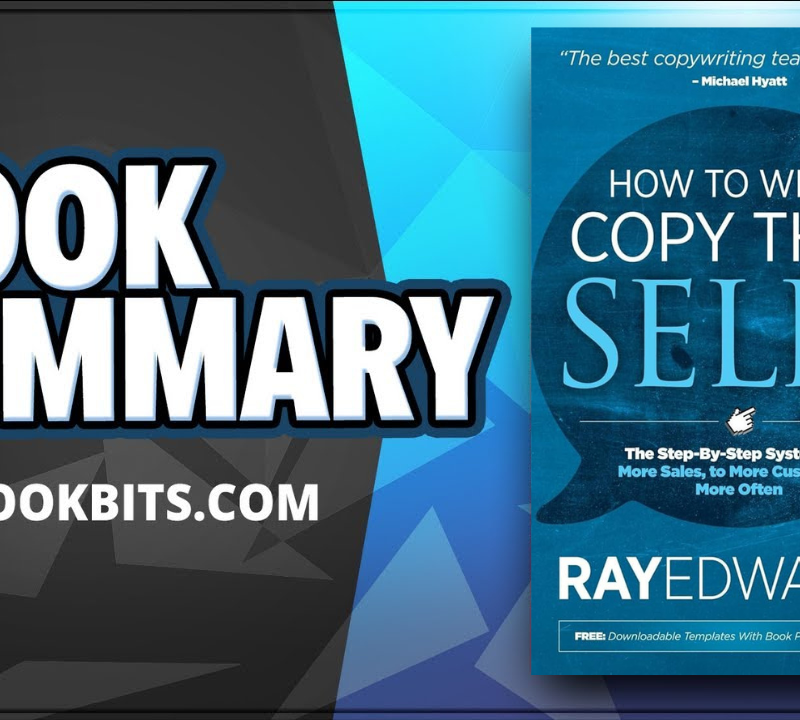JOIN THE ‘BEST BOOK CLUB’ NOW HERE
DOWNLOAD THIS FREE PDF SUMMARY HERE
CHECK OUT THE FOLLOWING Book | 150 PDF Summaries | Course | YouTube | Coaching |Spotify | Instagram | Facebook | Newsletter | Book Club | Website
Built to Last by Jim Collins
Drawing upon a six-year research project at the Stanford University Graduate School of Business, James C. Collins and Jerry I. Porras took eighteen truly exceptional and long-lasting companies and studied each in direct comparison to one of its top competitors. They examined the companies from their very beginnings to the present day — as start-ups, as midsize companies, and as large corporations. Throughout, the authors asked: What makes the truly exceptional companies different from the comparison companies and what were the common practices these enduringly great companies followed throughout their history?
Filled with hundreds of specific examples and organized into a coherent framework of practical concepts that can be applied by managers and entrepreneurs at all levels, Built to Last provides a master blueprint for building organizations that will prosper long into the 21st century and beyond.
THE BEST OF THE BEST – BUILT TO LAST
Visionary Companies
Visionary companies are premier institutions, they are widely admired by their peers and having a long track record of making a significant impact on the world around them. The key point is that a visionary company is an _organization_—an institution. All individual leaders, no matter how charismatic or visionary, eventually die. All visionary products and services—all “great ideas”— eventually become obsolete. Indeed, entire markets can become obsolete and disappear. Yet visionary companies prosper over long periods of time, through multiple product life cycles and generations of active leaders.
They are more than successful. They are more than enduring. In most cases, they are the best of the best in their industries, and have been that way for decades. Many of them have served as role models—icons, really—for the practice of management around the world.
Indeed, all of the visionary companies face setbacks and make mistakes at some point during their lives. Yet —visionary companies display a remarkable resiliency, an ability to bounce back from adversity. As a result, visionary companies attain extraordinary long-term performance.
Visionary companies, often make their best moves by experimentation, trial and error, and accidents.”
CLOCK BUILDING, NOT TIME TELLING
Having a great idea or being a charismatic visionary leader is “time telling”. Building a company that can prosper far beyond the presence of any single leader and through multiple product life cycles is “clock building.”
The builders of visionary companies tend to be clock builders, not time tellers. They concentrate primarily on building an organization—building a ticking clock. Rather than on hitting a market just right with a visionary product idea and riding the growth curve of an attractive product life cycle. Instead of concentrating on acquiring the individual personality traits of visionary leadership, they concentrate on building the organizational traits of visionary companies. Their greatest creation is the company itself and what it stands for.
The myth of the “great idea”
If you are a prospective entrepreneur with the desire to start and build a visionary company but have not yet taken the plunge because you don’t have a “great idea.” You should be encouraged to lift from your shoulders the burden of the great-idea myth. Indeed, the evidence suggests that it might be better to not obsess on finding a great idea before launching a company. Why? Because the great-idea approach shifts your attention away from seeing the company as your ultimate creation.
Visionary companies are much less likely to begin life with a so-called “great idea”. Shift from seeing the company as a vehicle for the products to seeing the products as a vehicle for the company.
The myth of the great and charismatic leader
If you’re a high-profile charismatic leader, fine. But if you’re not, then that’s fine, too. You’re in good company right along with those that built companies like 3M, P&G, Sony, Boeing, HP, and Merck. Not a bad crowd. There’s no denying that a superb individual with great charisma makes a great leader, but the point is that you don’t have to fit the stereotype.
NO “TYRANNY OF THE OR”
The book uses the yin/yang symbol from Chinese dualistic philosophy. This is used to represent a key aspect of highly visionary companies. They do not oppress themselves with the “Tyranny of the OR”. The rational view that cannot easily accept paradox that cannot live with two seemingly contradictory forces or ideas at the same time. The “Tyranny of the OR” pushes people to believe that things must be either A OR B, but not both. It makes such proclamations as -“You can have change OR stability.”
Instead of being oppressed by the “Tyranny of the OR,” highly visionary companies liberate themselves with the “Genius of the AND”. The ability to embrace both extremes of a number of dimensions at the same time. Instead of choosing between A OR B, they figure out a way to have both A AND B. For example, a visionary company can be clear vision and sense of direction AND opportunistic groping and experimentation.
MORE THAN PROFITS
A fundamental element in the “ticking clock” of a visionary company is a _core ideology_—core values and sense of purpose beyond just making money—that guides and inspires people throughout the organization and remains relatively fixed for long periods of time.
Yes, visionary companies pursue profits. And, yes, they pursue broader, more meaningful ideals. Profit maximization does not rule, but the visionary companies pursue their aims profitably. They do both.
Profitability is a necessary condition for existence and a means to more important ends, but it is not the end in itself for many of the visionary companies. Profit is like oxygen, food, water, and blood for the body; they are not the point of life, but without them, there is no life.
One of Walt Disney’s ideologies for the company was “to bring happiness to millions”, and celebrate, nurture and promulgate “wholesome American values”.
Guidelines for Core Ideologies
Core Ideology = Core Values + Purpose
Core Values = the organization’s essential and enduring tenets. A small set of general guiding principles; not to be confused with specific cultural or operating practices. Not to be compromised for financial gain or short-term expediency.
Purpose = the organization’s fundamental reasons for existence beyond just making money. A perpetual guiding star on the horizon; not to be confused with specific goals or business strategies.
JOIN THE ‘BEST BOOK CLUB’ NOW HERE
DOWNLOAD THIS FREE PDF SUMMARY HERE
CHECK OUT THE FOLLOWING Book | 150 PDF Summaries | Course | YouTube | Coaching |Spotify | Instagram | Facebook | Newsletter | Book Club | Website
PRESERVE THE CORE/STIMULATE PROGRESS
But core ideology alone, as important as it is, does not—indeed _cannot_—make a visionary company. A company can have the worlds most deeply cherished and meaningful core ideology, but if it just sits still or refuses to change, the world will pass it by.
“You can’t just keep doing what works one time, because everything around you is always changing. To succeed, you have to stay out in front of that change.”
It is absolutely essential to not confuse core ideology with culture, strategy, tactics, operations, policies, or other noncore practices. Over time, cultural norms, strategies, product lines, goals, policies, structure and reward systems must all change. Ultimately, the only thing a company should not change over time is its core ideology.
Drive
The drive for progress arises from a deep human urge—to explore, to create, to discover, to achieve, to change, to improve. The drive for progress is not a sterile, intellectual recognition that “progress is healthy in a changing world” or that “healthy organizations should change and improve” or that “we should have goals”; rather, it’s a deep, inner, compulsive—almost primal—_drive. As Henry Ford said, “you have to keep doing and going”.
Through the drive for progress, a highly visionary company displays a powerful mix of self- confidence combined with self-criticism. Self-confidence allows a visionary company to set audacious goals and make bold and daring moves, sometimes flying in the face of industry conventional wisdom or strategic prudence; it simply never occurs to a highly visionary company that it can’t beat the odds, achieve great things, and become something truly extraordinary.
Self-criticism, on the other hand, pushes for self-induced change and improvement before the outside world imposes the need for change and improvement; a visionary company thereby becomes its own harshest critic. As such, the drive for progress pushes from within for continual change and forward movement in everything that is not part of the core ideology.
Preserve and Stimulate
The core ideology enables progress by providing a base of continuity around which a visionary company can evolve, experiment, and change. By being clear about what is core (and therefore relatively fixed), a company can more easily seek variation and movement in all that is not core.
The drive for progress enables the core ideology, for without continual change and forward movement, the company—the carrier of the core—will fall behind in an ever changing world and cease to be strong, or perhaps even to exist.
BHAG – BIG HAIRY AUDACIOUS GOALS
All companies have goals. But there is a difference between merely having a goal and becoming committed to a huge, daunting challenge—like a big mountain to climb.
A true BHAG is clear and compelling and serves as a unifying focal point of effort—often creating immense team spirit. It has a clear finish line, so the organization can know when it has achieved the goal; people like to shoot for finish lines. A BHAG engages people—it reaches out and grabs them in the gut. It is tangible, energizing, highly focused. People “get it” right away; it takes little or no explanation.
General Electric’s BHAG was “become #1 or #2 in every market we serve and revolutionize this company to have the speed and agility of a small enterprise”.
CULT-LIKE CULTURES
You don’t need to create a “soft” or “comfortable” environment to build a visionary company. Visionary companies tend to be more demanding of their people than other companies, both in terms of performance and congruence with the ideology.
“VISIONARY,” does not mean soft and undisciplined. Quite the contrary. Because the visionary companies have such clarity about who they are, what they’re all about, and what they’re trying to achieve, they tend to not have much room for people unwilling or unsuited to their demanding standards.
A cult-like culture can actually enhance a company’s ability to pursue Big Hairy Audacious Goals, precisely because it creates that sense of being part of an elite organization that can accomplish just about anything.
TRY A LOT OF STUFF AND KEEP WHAT WORKS
Visionary companies, often make some of their best moves not by detailed strategic planning, but rather by experimentation, trial and error, opportunism, and—quite literally—accident. What looks in hindsight like a brilliant strategy was often the residual result of opportunistic experimentation and “purposeful accidents.”
Evolutionary Process
The evolutionary process can be described as “branching and pruning.” The idea is simple: If you add enough branches to a tree (variation) and intelligently prune the deadwood (selection), then you’ll likely evolve into a collection of healthy branches well positioned to prosper in an ever-changing environment.
- Give it a try – and quick
- Accept that mistakes will be made
- Take small steps
- Give people the room they need
- Mechanisms – build that ticking clock!
HOME-GROWN MANAGEMENT – BUILT TO LAST
Visionary companies develop, promote, and carefully select managerial talent grown from inside the company to a greater degree than the comparison companies. They do this as a key step in preserving their core.
In short, it is not the quality of leadership that most separates the visionary companies from the comparison companies. It is the continuity of quality leadership that matters— continuity that preserves the core.
From the perspective of building a visionary company, the issue is not only how well the company will do during the current generation. The crucial question is, how well will the company perform in the next generation, and the next generation after that, and the next generation after that? All individual leaders eventually die. But a visionary company can tick along for centuries, pursuing its purpose and expressing its core values long beyond the tenure of any individual leader.
“It is the continuity of quality leadership that matters— continuity that preserves the core.”
GOOD ENOUGH NEVER IS
For visionary companies, the critical question is “_How can we do better tomorrow _than we did today?_” They institutionalize this question as way of life—a habit of mind and action. Superb execution and performance naturally come to the visionary companies not as an end goal. But as the residual result of a never-ending cycle of self-stimulated improvement and investment for the future. There is no ultimate finish line in a highly visionary company. There is no “having made it.” There is no point where they feel they can coast the rest of the way, living off the fruits of their labour.
Don’t get comfortable – visionary companies thrive on discontent. They understand that contentment leads to complacency, which inevitably leads to decline.
“Don’t get comfortable – visionary companies thrive on discontent.”
THE END OF THE BEGINNING
A statement might be a good first step, but it is only a first step. The essence of a visionary company comes in the translation of its core ideology and its own unique drive for progress into the very fabric of the organization—into goals, strategies, tactics, policies, processes, cultural practices, management behaviours, building layouts, pay systems, accounting systems, job design—into everything that the company does. A visionary company creates a total environment that envelops employees. It bombards them with a set of signals so consistent and mutually reinforcing that it’s virtually impossible to misunderstand.
BUILDING THE VISION
A well-conceived vision consists of two major components—_core ideology_ and an envisioned future. A good vision builds on the interplay between these two complementary yin-and yang forces. It defines “what we stand for and why we exist” that does not change (the core ideology). It sets forth “what we aspire to become, to achieve, to create” that will require significant change and progress to attain (the envisioned future). To pursue the vision means to create organizational and strategic alignment to preserve the core ideology and stimulate progress toward the envisioned future. Alignment brings the vision to life, translating it from good intentions to concrete reality.
JOIN THE ‘BEST BOOK CLUB’ NOW HERE
DOWNLOAD THIS FREE PDF SUMMARY HERE
CHECK OUT THE FOLLOWING Book | 150 PDF Summaries | Course | YouTube | Coaching |Spotify | Instagram | Facebook | Newsletter | Book Club | Website













